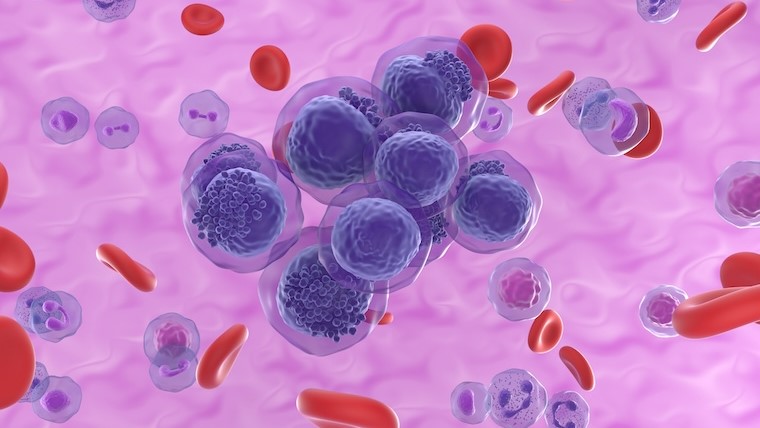
Chokri Ben Lamine: G-CSF Use in AML with Active Disease
Chokri Ben Lamine, Adult Hematology, Stem Cell Transplantation, and Cellular Therapy Assistant Consultant at King Faisal Specialist Hospital and Research Center shared a post on X:
“G-CSF Use in AML with Active Disease: A Comprehensive Guide.
Granulocyte colony-stimulating factor (G-CSF) in acute myeloid leukemia (AML) requires careful consideration to balance neutropenia recovery and the risk of stimulating leukemic blasts. Here’s the full breakdown:
When to Use G-CSF
Post-Chemotherapy Recovery:
- After Induction/Chemotherapy to shorten neutropenia and reduce infection risks.
- Guideline: Only initiate when there’s evidence of hematopoietic recovery.
Febrile Neutropenia:
- Use during infections (e.g., sepsis) to boost immune response.
- Especially helpful for severe or prolonged neutropenia (ANC <500).
Special Populations:
- Elderly AML patients on reduced-intensity therapy.
- Critical infections in high-risk patients.
When to Avoid G-CSF :
During Induction Therapy:
- Avoid it, as it can stimulate leukemic blast proliferation.
- Evidence: G-CSF receptors on leukemic blasts can promote growth.
http://2.Active Leukemic Burden: - Contraindicated in patients with high circulating blasts.
Dosing Recommendations:
Filgrastim (G-CSF):
- Dose: 5 μg/kg/day subcutaneously.
- Start: 24–72 hours post-chemotherapy.
- Duration: Continue until ANC >1,000–2,000 for 2 consecutive days.
Pegfilgrastim (Long-Acting G-CSF):
- Dose: 6 mg SC as a single dose.
- Timing: Administer 24 hours after completing chemotherapy.
- Caution: Not recommended during induction therapy.
Lenograstim (Alternative): Dose: 5 μg/kg/day SC or IV.
Benefits of G-CSF:
Faster Neutrophil Recovery: Shortens neutropenia duration, reducing hospital stays.
Infection Control: Prevents complications of febrile neutropenia.
Improved Outcomes in Sepsis: Enhances immune function in critically ill patients.
Risks of G-CSF
Blast Proliferation: G-CSF can stimulate leukemic cell growth, especially during induction.
Leukocytosis: Excessive neutrophil response leads to leukostasis or organ dysfunction.\
Side Effects:
- Bone pain.
- Splenomegaly (rare splenic rupture).
Key Guidelines:
NCCN AML Guidelines: G-CSF may be considered after chemotherapy in cases of severe infection or sepsis.”
European Leukemia Net (ELN): Routine prophylactic G-CSF is not recommended during induction but can be justified post-therapy.
Takeaway:
Use G-CSF cautiously in AML with active disease:
- After chemotherapy for neutropenia recovery.
- Avoid during induction or with high leukemic burden.
- Monitor ANC closely to balance benefits and risks.”
For more updates, follow OncoDaily.
-
Challenging the Status Quo in Colorectal Cancer 2024
December 6-8, 2024
-
ESMO 2024 Congress
September 13-17, 2024
-
ASCO Annual Meeting
May 30 - June 4, 2024
-
Yvonne Award 2024
May 31, 2024
-
OncoThon 2024, Online
Feb. 15, 2024
-
Global Summit on War & Cancer 2023, Online
Dec. 14-16, 2023
